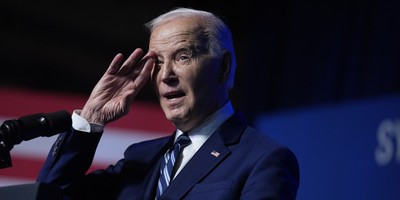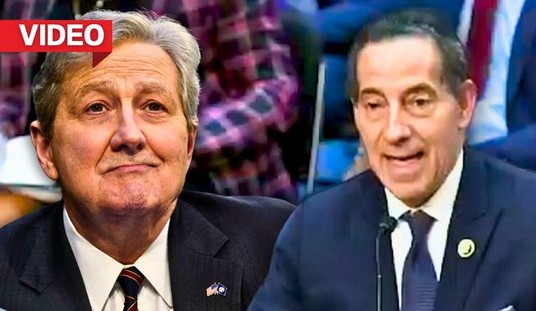The legendary Chief Justice Oliver Wendell Holmes Jr. said the most important element of the Constitution "is the principle of free thought -- not free thought for those who agree with us but freedom for the thought that we hate."
The other day, a federal judge decided to test our attachment to that principle. He ruled that the government had violated the free-speech rights of tobacco companies. Talk about hated: Their reputation puts them somewhere above Adolf Hitler but below Al Capone.
A law passed in 2009 said that every cigarette package must be half-covered, front and back, with one of nine noxious images -- diseased lungs, a cadaver on a table, a man exhaling smoke through a tracheotomy hole and the like. The point was to make smoking seem so vile that teens would flee in terror.
Anti-smoking paternalists, a group that includes President Barack Obama, see this approach as necessary to counter the nonstop brainwashing efforts that tobacco companies conduct on young people.
"Kids today don't just start smoking for no reason," he proclaimed when he signed the bill. "They're aggressively targeted as customers by the tobacco industry. They're exposed to a constant and insidious barrage of advertising where they live, where they learn and where they play."
Oh? Since 1998, under a legal settlement with 46 states, the major tobacco companies have been prohibited from taking "any action, directly or indirectly, to target youth ... in the advertising, promotion or marketing of tobacco products" or to "initiate, maintain or increase the incidence of youth smoking."
Recommended
Among other things, they may not advertise on billboards, put signs in transit systems or stadiums, offer brand-logoed apparel, hand out samples anywhere minors are present, use cartoon images, sponsor concerts, or pay for product placement in movies or TV shows.
They were already banned from radio and TV. Most of their marketing now consists of price discounts -- which don't go to kids because no one under 18 is allowed to buy cigarettes.
Obama noted he was one of the many smokers who started as teenagers. He doesn't seem to realize the advertising environment today is drastically different from when he was in high school. Cigarettes are also taxed far more heavily than they used to be. He fails to mention that as a youngster, he also used marijuana -- which did not have the benefit of mass advertising.
His approach rests on an unwarranted faith in the power of government to bend behavior. Jon P. Nelson, an economist at Penn State, has studied tobacco advertising restrictions in various countries, and his research indicates the advocates are blowing smoke.
"I don't find that advertising bans have any effect on youth smoking outcomes," he told me. "I don't find they have any effect on cigarette consumption."
He notes that in 2001, Canada imposed its own system of graphic warnings. And guess what? "I'm not aware of any convincing research that it actually changed cigarette consumption or smoking prevalence," he says.
District Judge Richard Leon, however, was not concerned with whether the required labels are likely to be effective. He was concerned with whether they are constitutional -- and he concluded they are not.
The First Amendment guarantees not only the right to speak, but the right to be silent. The warnings are a form of compulsory speech, which is permitted only in rare cases, such as protecting consumers from deception. In those instances, Leon noted, the government can require companies to furnish "purely factual or uncontroversial information."
But this law goes way beyond merely letting people know that smoking can kill -- which, by the way, is akin to letting people know the sun is hot. The government's "emphasis on the images' ability to provoke emotion," wrote Leon, "strongly suggests that the government's (SET ITAL) actual (END ITAL) purpose is not to inform, but rather to advocate a change in consumer behavior."
If our elected leaders and bureaucrats want to advocate a change in consumer behavior, they are entitled to. But they can't do it by commandeering the packages of a legal product, over the objections and at the expense of the manufacturer.
It's the equivalent of requiring new cars to be adorned with giant photos of bloody crash scenes or Big Mac containers to depict an obese corpse. Cigarette companies, Leon said, may not be forced to serve as messengers for anti-tobacco crusaders.
Nobody loves tobacco companies. But freedom is not just for those we love.
Steve Chapman blogs daily at newsblogs.chicagotribune.com/steve_chapman. To find out more about Steve Chapman, and read features by other Creators Syndicate writers and cartoonists, visit the Creators Syndicate website at www.creators.com.
COPYRIGHT 2012 CREATORS.COM

























Join the conversation as a VIP Member